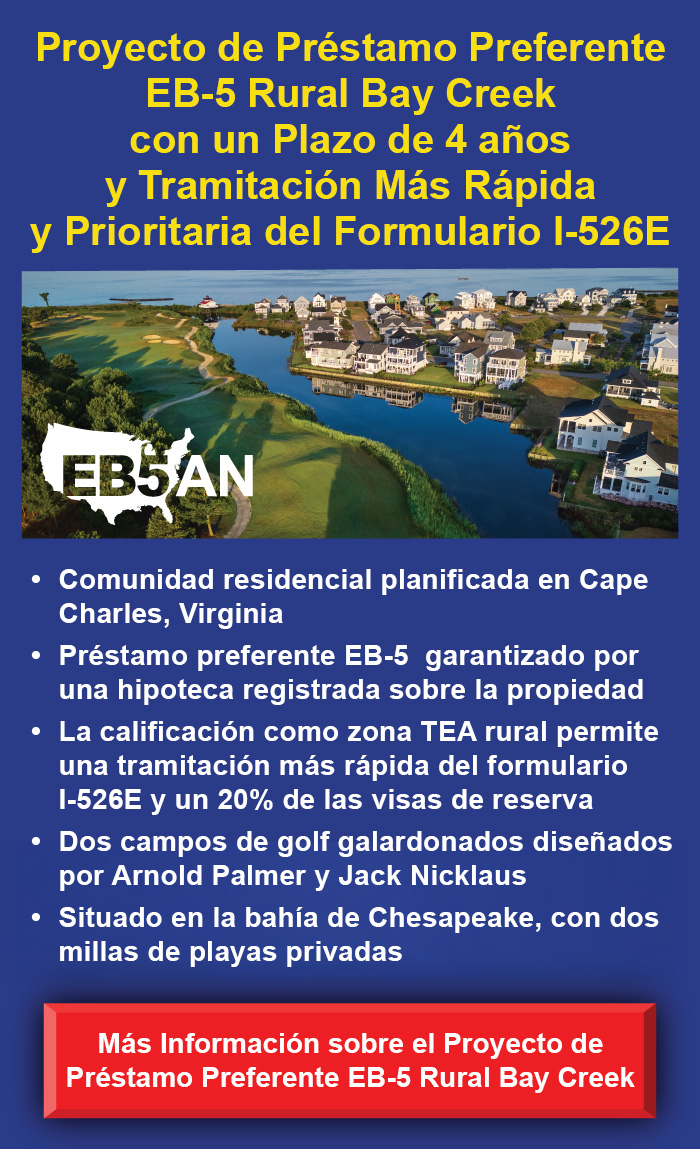Each year, EB-5 program administrators receive applications from investors across the globe who are seeking a better, and prosperous future in the United States.
Because the EB-5 Immigrant Investor Program remains one of the easiest and fastest routes to finding a home in the United States and enjoying all the benefits that accompany it, this program is one that droves of investors continue to apply to annually.
That does not, however, mean the EB-5 program is a simple process. In fact, it can be quite complicated, and there are many considerations an investor should make before taking such a big leap.
Here are three key questions investors needs to ask themselves:
- 1. How much risk are you truly willing to bear?
- 2. Which funding sources are best for EB-5 investments?
- 3. What additional fees might you incurred?
Let’s take a look at the implications of answering these questions…
Some Prefer High Risk, Others Seek Lower Risk
All EB-5 capital must remain at risk for the duration of the investment period—this is an official program requirement.
How much risk, though, is not specified and therefore entirely up to the individual investor.
Because the majority of EB-5 investors prioritize immigration status over financial returns, many are content with smaller returns on investment, or ROI, while pursuing a U.S. green card.
Conducting careful due diligence when selecting EB-5 projects for these investors is vital to ensuring minimal immigration risk.
When a higher ROI is important, there are also steps that EB-5 investors may take to narrow prospective projects to lower financial risk ones, as well.
Direct EB-5 Project Investment
Individual investors with hands-on managerial experience are sometimes more inclined to invest into an EB-5 project directly, as this arrangement offers an opportunity to maintain greater control over their EB-5 capital.
These kinds of investors are required to participate in the day-to-day project management. Ultimately, this translates to their management skills influencing the project’s ROI.
Investing through an EB-5 Regional Center
When an EB-5 investor is less experienced in a management role or if they have other priorities for their life in the United States, they are more likely to invest through a regional center.
The trade-off to losing direct control over investment funds is enjoying other benefits like loosened job creation requirements. Choosing the regional center route makes due diligence to select a high-quality regional center crucial, though.
The key to successful regional investments is locating a regional center with a reputation among its leaders as seasoned professionals in financial management.
Regional center terminations have been a trend in FY2019 and FY2020. In fact, more than 40 regional centers lost their regional center status between March and May 2020. Without proper due diligence, EB-5 investors may risk their chances at U.S. immigration by working with a low-quality regional center.
Seek Capital Funding Sources That Are Easy to Document
In an EB-5 investor’s I-526 petition, they are required to provide proper documentation on the lawful sources of their capital.
One strategy for dramatically simplifying this petition is to select easy-to-document fund sources – ones that save time and stress and could possibly even ultimately speed up processing times.
An experienced EB-5 immigration attorney can prove a wealth of information to help an EB-5 investor determine the best funds to use in their unique situation.
Five Fees You May Not Have Considered
Depending on whether an EB-5 investor’s project is situated inside a targeted employment area (TEA), the minimum investment required to participate in the EB-5 program is $900,000 or $1.8 million.
This isn’t everything that an EB-5 investment will cost you. Inevitably, there are additional fees that surface throughout the process.
Here are a few examples of overlooked fees by beginner program investors:
- Filing fees for the I-526, I-485, and I-829 petitions, when applicable
- Regional center administrative fees, when not directly investing
- EB-5 immigration attorney fees
- Relocation costs and fees related to moving to the United States
- U.S. taxes (which can vary depending on what year an investor relocates)
Financial Off-Sets
When an investor is assessing costs, it is also relevant to factor in potential financial off-sets.
For instance, children who are unmarried and under 21 years old are eligible for an EB-5 visa and may take advantage of in-state tuition benefits, saving thousands, when applying to U.S. colleges as a U.S. permanent resident. As another example, investors may also save on travel expenses when visiting family or doing business in the United States.


